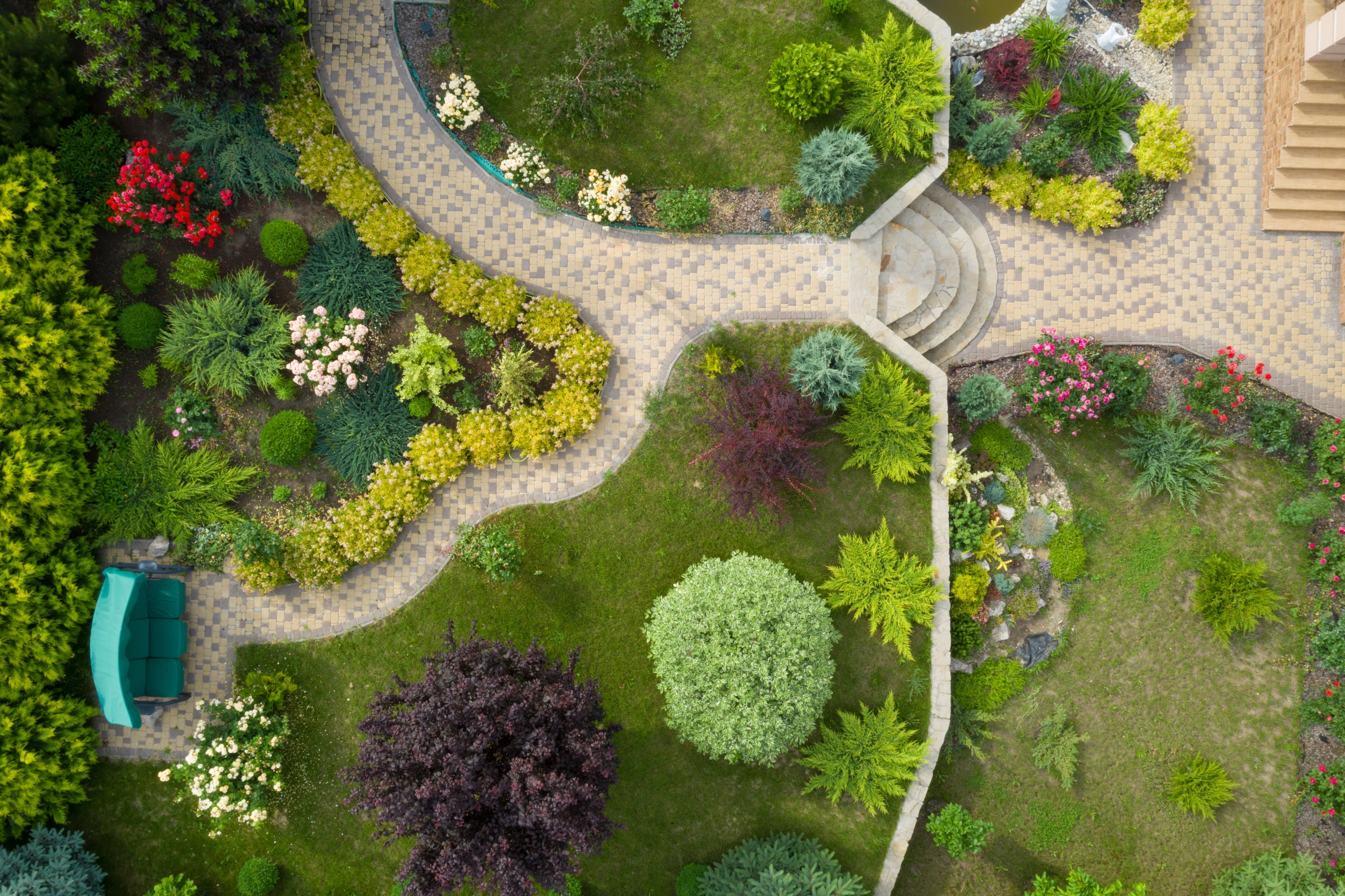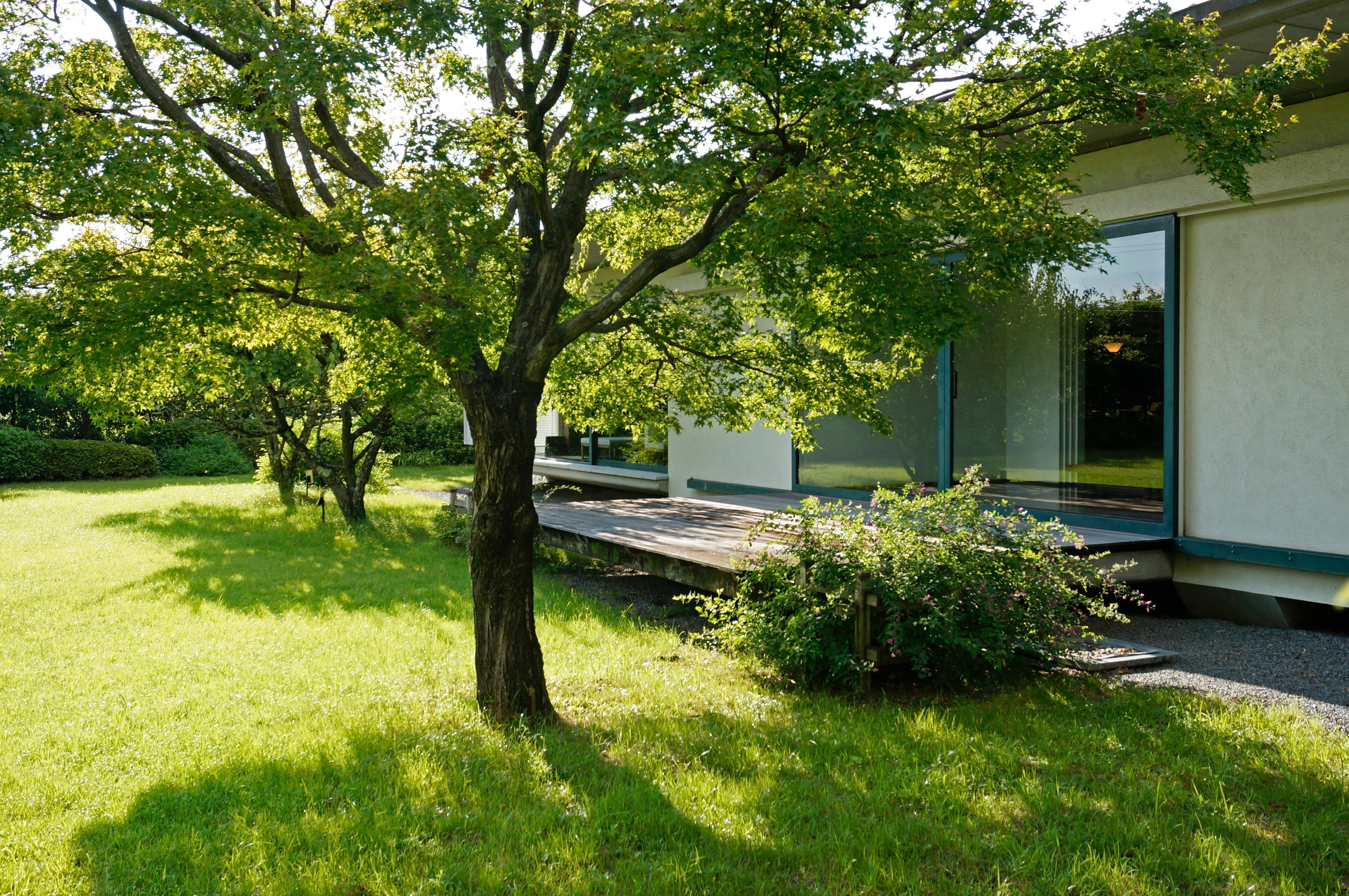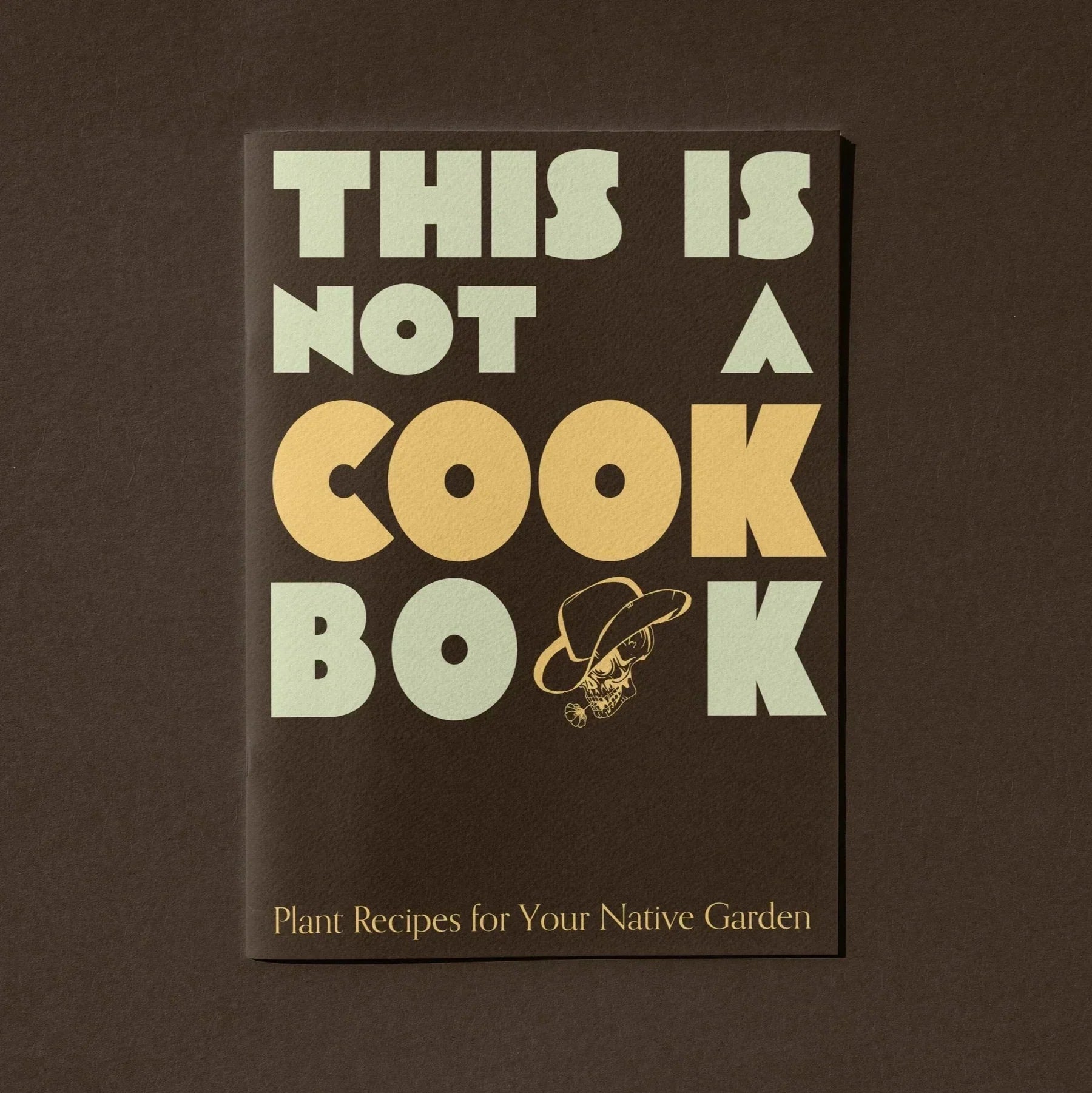Native Plant Style Guide: Eco-Friendly Design with Style

Creating a beautiful yard doesn’t have to come at the cost of the environment. With native plant landscaping, you can design a stylish and sustainable outdoor space. As more homeowners seek eco-friendly landscape designs, native plants are gaining popularity for their water-saving benefits, low-maintenance, and ability to support local wildlife. Whether your aesthetic leans modern, rustic, or somewhere in between, native plants offer endless design possibilities. In this native plant style guide, we’ll walk you through 5 popular landscape styles and show you how to match each one with the perfect native plant selections to naturally bring your dream yard to life.
Why Choose Native Plants?
Choosing native plants is crucial to creating a beautiful and sustainable yard. Native plant landscaping supports local ecosystems by providing food and shelter for native pollinators and wildlife. Since they are naturally adapted to your climate and soils, they are sustainable, low-maintenance, and resilient. They also conserve water resources and reduce or eliminate the need for fertilizers or pesticides without risking becoming invasive.
Designing with Aesthetics in Mind
Contrary to some beliefs, designing a native plant garden doesn’t mean sacrificing style. Native plant garden aesthetics can be versatile and stylish. Focus on color, form, and texture to create visual interest throughout the seasons, using plants with varied bloom colors and times, foliage colors and textures, and shapes. Native trees, shrubs, grasses, and flowering perennials can be layered to add depth, while evergreen natives provide structure year-round. For a more polished look, blend in hardscaping elements like stone paths, benches, pergolas, or decorative borders. With thoughtful planning, your native garden can be both ecologically beneficial and beautiful.
Native Plant Style Guide: Matching Native Plants to 5 Popular Landscape Styles
Native plants are beautiful, stylish, and sustainable—a win-win for everyone! Here are some ideas for native plants by landscape style...
Modern Minimalist
While a modern minimalist aesthetic may make us think of lawns and hedges, it can be more than that. This type of modern native garden still has a minimalist design and a sleek aesthetic when you use hedges and borders of native plants. You can create layers with native trees or medium to tall shrubs as hedges and use native grasses, sedges, and succulents planted in consistently sized and spaced rows or raised cement work, brick, or wooden beds in place of traditional lawns.
The Southern Wax Myrtle is an adaptable evergreen shrub with aromatic foliage that is very popular when planted in rows for a hedge and would complement any modern minimalist garden.

Big Muhly
The Big or Lindheimer's Muhly is a gorgeous native grass with beautiful fountain-like clumps of blue-green leaves and silvery seedheads, reaching 3 to 6 feet tall. Plant them in rows to make a natural grass border or to fill in the back of a sunny, well-drained bed with shorter succulents or evergreen shrubs in front.

***
Cottage Garden Charm
A cottage garden landscape lends itself well to native plants, using an informal layout of often densely planted flowering plants arranged in layers. These stylish native gardens give the landscape a highly textured, colorful appearance and a sense of country charm. Look for brightly colored perennial or self-seeding annual flowers of at least three different height levels and staggered bloom times. You can also include a picket fence, arbors, trellises, and window box planters for additional visual appeal.
Peter's Purple Beebalm
Beebalm is perfect for a cottage garden. Peter's Purple is a hybrid of two North American natives producing masses of vibrant purple blossoms that will pop in your landscape and invite all the native pollinators to your yard. At 3-4 feet tall, it’s a perfect mid-height layer.

Clasping Coneflower
Coneflowers are also perfect for cottage gardens. The Clasping Coneflower is a beautiful annual with yellow drooping petals and dark reddish cone-shaped centers. It grows 2-3 feet tall, fitting nicely in front of slightly taller flowers like beebalm.
***
Prairie or Meadow Style
Prairie or meadow-style gardens are very naturalistic, flowing, and pollinator-friendly. They create an incredible low-maintenance landscape that can easily replace high-maintenance lawns with an eco-friendly wildlife habitat. They are a modern representation of untouched grasslands or mountain meadows, characterized by native grasses, sedges, and annual and perennial native wildflowers, scattered throughout the landscape.
Blackland Prairie Seed Mix
To start a prairie garden easily, try the Blackland Prairie Seed Mix. This rich blend of 43 native wildflowers and grasses was inspired by the natural beauty and resilience of Texas’s unique and beautiful Blackland Prairie ecosystem. You can recreate this endangered ecosystem in your own backyard with a stunning show of flowers that change through every season.
***
Woodland Garden
Woodland gardens embody the untamed beauty of natural forests. Whether you have an existing woodland you want to add shade-loving perennials to or create a woodland garden from scratch, these are ideal for partially shaded yards and work well near ponds and rain gardens. Choose native trees of various heights to create layers. Then add a variety of shade-tolerant native plants and shrubs of different heights to create a layered understory with a gorgeous native plant garden aesthetic. Add features like park benches to sit on in the shade of your woodland garden while you listen to all the birds.
Live Oak
The Live Oak is perfect for starting a woodland garden or adding to an existing one. This large semi-evergreen tree will grow to become your favorite shade spot in your yard, so be sure to plan a park bench underneath its arching canopy.
Missouri Violet
No woodland garden would be complete without the beautiful and resilient Missouri Violet. This low-growing herbaceous perennial thrives best in the partial shade of an open woodland garden, producing striking purple flowers that bloom each spring.
***
Desert-Inspired or Xeriscape
Desert-inspired gardens practice xeriscaping, using highly drought-tolerant plants for the perfect eco-friendly landscape design. While people sometimes view this negatively as too sparse and dry, nothing can be further from the truth, well, except the dry part. Your desert xeriscape can be a lush and thriving landscape when you choose the right native plants. Look for succulents like native cacti and agaves, tough perennials like yuccas, and drought-tolerant small trees like the desert willow or hackberries. Add drought-tolerant native grasses and wildflowers for texture and color, choosing different colored foliage and flowers that bloom at various times. Add decorative rocks and stone footpaths for visual appeal, while pebbles or gravel can cover bare ground.
Blue Agave 'Century Plant'
The Blue Agave is a stunning, very large, evergreen succulent with blue-green leaves. This iconic species is commonly used in desert xeriscapes as a focal point or in borders with shorter succulents in front.
Desert Willow
The stunning Desert Willow is perfect for adding height and summer color to xeriscapes. This drought-tolerant tree is native to the Chihuahuan Desert and easily thrives in hot, dry climates. It has beautiful willow-like leaves and gorgeous flowers with ruffled pink, purple, and white lobes, attracting hummingbirds and pollinators.
***
Beginner Tips for Getting Started
If you are new to landscape design, make a drawing of your yard and where the plants will go, considering each plant's mature height and width. Using graph paper helps with scale, and you don’t need to be an artist; a simple circle can represent plants, bigger circles = bigger plants. But if you have a large space to transform, start working on one section at a time to avoid biting off more than you can chew. Your new plants will need extra care in those first few months to help them get established.
Also, use lots of compost to amend your soil for planting, then use natural mulch to nourish your new plants and retain essential moisture. Planting in fall or early spring is best for perennials as it allows time for their roots to get established before our Texas summer heat arrives.
When choosing your plants, skip the big box stores and look for a source like Nativo Gardens that specializes in native plants. They can help provide valuable information on the plants you choose. If you are unsure about your design or what plants to get, you can book a discovery call, and they can help plan a stylish native garden.
If you already have a style and some plants in mind but need help understanding soil, water, and light requirements and what each plant needs, download the Texas native plant Recipe Book. It’s designed for Texas gardeners and filled with great tips to get you started.
Finally, be patient. Creating an aesthetic, thriving, sustainable native landscape takes time. But it’s a delightful experience, and you will have the priceless reward of a sustainable, aesthetic native landscape!
Final Thoughts: Style Meets Sustainability
As seen in this native plant style guide, sustainability and style can go hand in hand. Whether you’re drawn to the clean lines of a minimalist garden, the cozy charm of a cottage landscape, the soothing comfort of a woodland garden, the flowing nature of a prairie garden, or the rugged beauty of a xeriscape, there’s a native plant palette that can bring your vision to life while supporting local ecosystems. Get creative with color and texture, and let your yard reflect your values and personality. Visit Nativo Gardens in person or online to shop our wide selection of native plants. Don’t forget to download our Plant Recipe Guide Book for expert layout tips, regional advice, and planting inspiration.
Your sustainable dream landscape is just a few plants away!





Comments